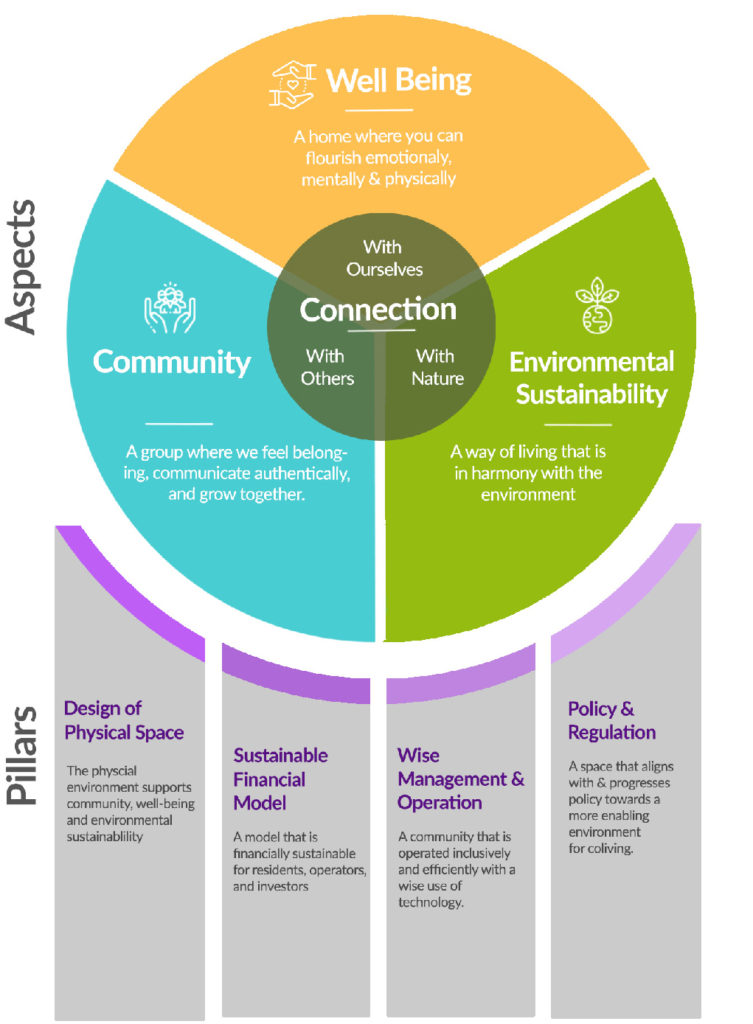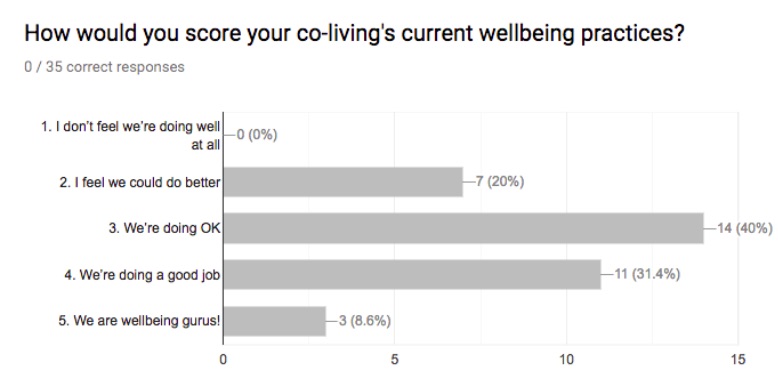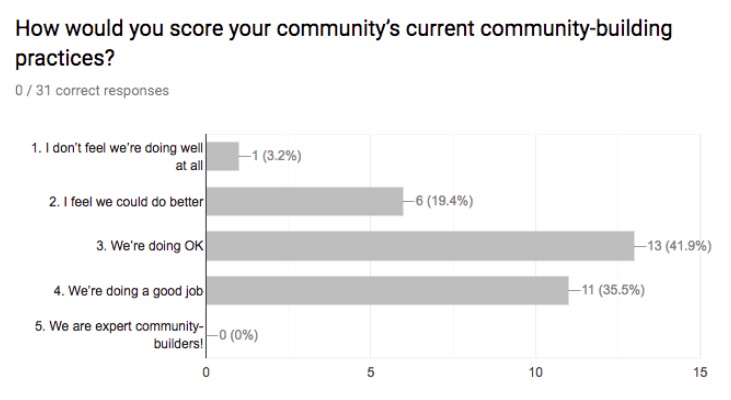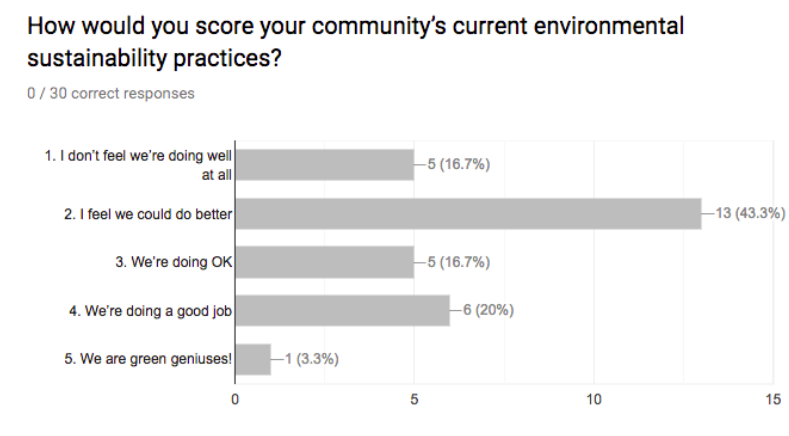In October 2018, several of us from the Conscious Coliving team were invited to present at the Co-Liv Summit in Paris to over 100 global coliving experts and enthusiasts. Coliving spaces have been emerging over the past few years offering community and convenience.
However, we believe the sector has not reached its full potential in tackling loneliness, over-consumption and the environmental crisis.
That is why we have been collaborating with coliving operators and residents.
After several workshops at Art/Earth/Tech and conversations with operators such as The Collective, we moved into design to develop a deeper and more holistic vision for coliving, captured in the co-created Manifesto.
Coliving, when “conscious”, offers a new take on an old way of living that uses connection with self, others, and nature to pursue more meaningful, emotionally fulfilling, and environmentally sustainable lives.
Co-Liv Summit 2018 Workshop
During our presentation of the Conscious Conscious Manifesto v2.0, we asked participants to carry out a self-assessment of their coliving ventures in terms of the three main aspects of a conscious shared living space: Community, Well-Being and Environmental Sustainability.
Current Wellbeing Practices in Coliving
We asked what current practices participants were engaged in to embody conscious coliving values as well as what they could do to move more in that direction. In this post, we would like to share a summary of those results, gathered from a total of 45 respondents.
First, on a scale of 1-5 regarding Wellbeing practices, 28 respondents rated themselves as 3 or above (‘We’re doing OK’ to “Well-Being gurus”). Respondents mentioned current practices such as facilitation for personal development and interpersonal relationships, making personal wellbeing a key foundation for the community, providing sensitive management for nonjudgemental interventions and hosting workshops around wellbeing, communications, feedback and conflict resolution.
Current Community Building Practices in Coliving
Secondly, in terms of community building and community facilitation practices, 24 respondents ranked themselves as 3 or above (‘We’re doing OK’ to “Expert Community-Builders”). Participants mentioned current practices such as clear values and on-boarding processes, organizing events, shared responsibilities, fostering meaningful conversations, as well as having trained facilitators and community managers.
Current Sustainability Practices in Coliving
Overall, respondents felt that they were performing better in their Well-Being and Community Practices, compared to their Environmental Sustainability practices. Only 12 respondents rated themselves as 3 or above and the majority of the respondents (18/30) said they could do better or were not doing well at all in regards to Environmental Sustainability.
For improving the Environmental Sustainability of their spaces, respondents talked about sustainable building designs, rules for waste management, education and awareness amongst members, and even having an ‘internal purpose team focused on managing the group’s impact on the planet.
Coliving Workshop Wrap Up
You can see here the final results from all respondents to gather more inspiration from other coliving experts on how to improve your space to become more of a conscious shared living community.
These results were interesting and overall they support many of the values and practices of the Conscious Coliving Manifesto and methodology. However we still feel that the coliving sector can go even further. We encourage coliving ventures to go beyond planning requirements and become conscious benchmark-makers for sustainable urban development and the housing sector.
Indeed, many participants shared with us after the Co-Liv Summit was over that the vision of the coliving communities that are “conscious” really resonated with them with them.
The results from our Co-liv Summit 2018 questionnaire gave us a more detailed sense of how “conscious” the sector currently is and how it can become more so. We are developing a Conscious Coliving methodology that we will guide coliving initiatives to becoming conscious communities and stewards of environmental sustainability. There are clear implications for successful coliving business models and coliving investment.
If this is something of interest to you, feel free to explore our coliving consulting services and please don’t hesitate to get in touch with us.
This article has been coauthored for you by:
Penny is Director of Research & Sustainability at Conscious Coliving. She has an MSc in Social Research Methods, and her PhD explores how shared living may enable lowered environmental impacts. She has consulted on numerous shared living projects, specialising in impact strategy, concept, and community. Penny has presented at conferences including the Co-Liv Summit, the Urban Living Festival, BTR360 and more. She has also authored publications in The Developer, Coliving Insights Magazine, the book Urban Communal Living in Britain, as well as being interviewed by the BBC and the Guardian about shared living.
Transformational Coach and facilitator. Trainer in mindfulness, sharing circles, and how to live and lead more consciously. Co-author of the Community Facilitation Handbook and the Coliving Apps & Tech Guide. Facilitates community engagement strategies.



